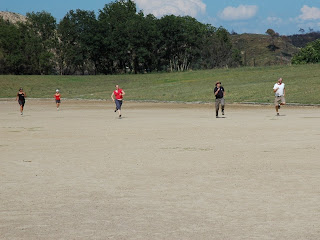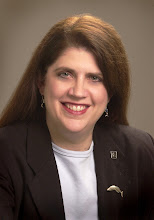
We also had some lessons on Folklore through learning more about Bulgarian music and dance. We learned about folk music and some of the instruments used to create it including the doudok. This is the basic pipe or flute like instrument used in much of the music. We also learned about the bagpipes used which are similar to bagpipes in other cultures but in more of a minor key. Bulgarian folk music also has some odd rhythms that are hard to count out. This also makes them hard to dance to! Our teacher also taught us about playing wooden spoons and many basic dance steps.


Later that evening, we went to an incredible restaurant that features folk singing and dancing. It made more sense to us because we had learned about it earlier that day. The singers and dancers were incredible! Two of our participants were called up to dance during one of the numbers. They did great! The performers were in full costume which made the whole experience more exciting.


The final performance of the evening was a fire dance. Two performers carried an icon and walked on hot coals. This is a historic dance performed to show their faith in God. It was really neat! It was hard to get pictures of it, however as it was really dark. Some people were using their flash which made my pictures look weird but I will post them anyway.
Next I will be reporting on our adventures across the country!
































